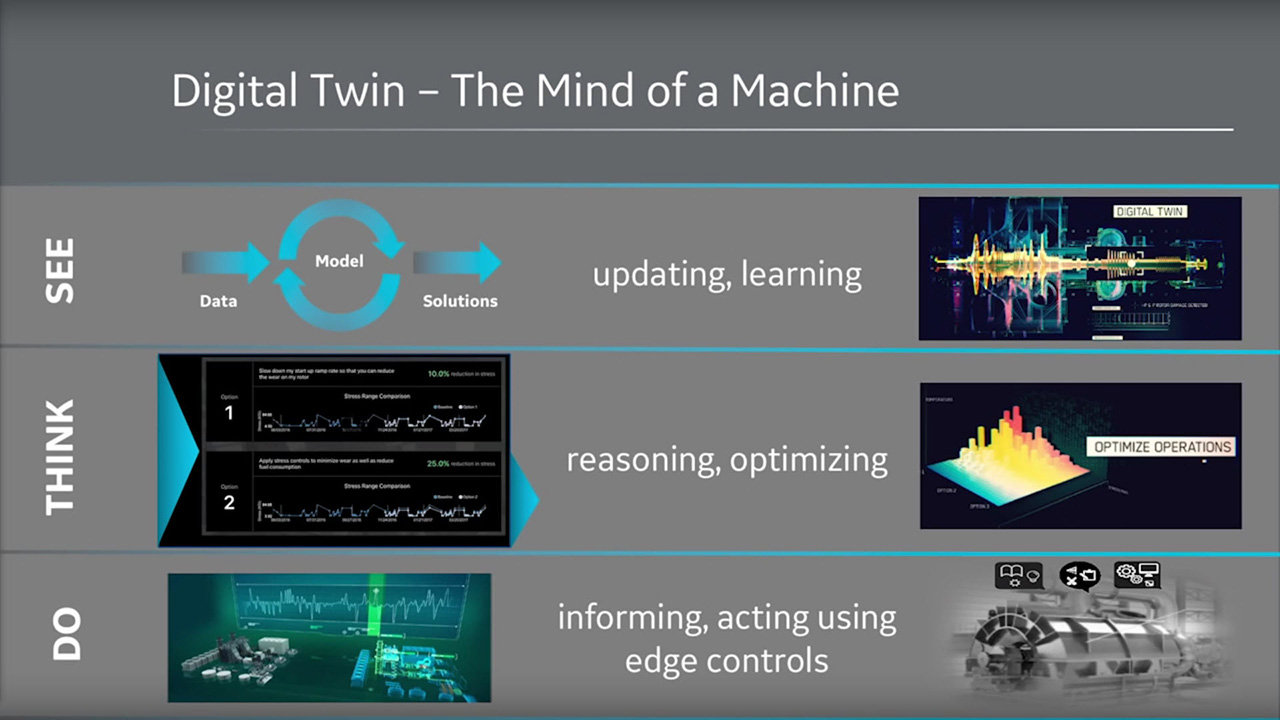|
Grid computing has emerged as a groundbreaking technology that harnesses the collective power of distributed networks to solve complex computational problems. Unlike traditional centralized computing, grid computing allows organizations and individuals to tap into untapped resources from interconnected systems, providing unparalleled processing capabilities. At its core, grid computing involves the coordination and sharing of resources across multiple computers or servers, geographically dispersed, but connected via a network. These resources can include processing power, storage capacity, and specialized software applications. By pooling these resources together, grid computing enables users to access and utilize massive computing power that would typically be beyond the reach of a single machine or system. The benefits of grid computing are manifold. Firstly, it enhances computing efficiency by distributing workloads across multiple machines, resulting in faster processing times for computationally intensive tasks. This is particularly advantageous for scientific research, data analysis, and simulations that require significant computational resources. Secondly, grid computing promotes resource optimization as it allows organizations to leverage idle computing resources within their network. Instead of having dedicated machines sitting idle, grid computing intelligently allocates these resources to other tasks, maximizing overall productivity and reducing costs associated with underutilized infrastructure. Thirdly, grid computing improves reliability and fault tolerance. By distributing computations across multiple nodes, it reduces the risk of system failure or downtime. If one node fails, the workload is automatically rerouted to another available node, ensuring uninterrupted processing and minimal disruption. Grid computing finds application in various domains, including scientific research, weather forecasting, drug discovery, and financial modeling. In the field of scientific research, grid computing facilitates large-scale simulations, enabling scientists to analyze complex phenomena and make groundbreaking discoveries. Similarly, in drug discovery, grid computing expedites the process of screening millions of compounds and identifying potential drugs against diseases. Furthermore, grid computing promotes collaboration by enabling geographically dispersed teams to work together seamlessly. Researchers from different institutions can share data, resources, and expertise, fostering innovation and advancing scientific knowledge. Despite its numerous benefits, grid computing does present some challenges. One such challenge is the management of distributed resources and ensuring secure access to sensitive data. Additionally, interoperability between different grid systems and standardization of protocols remain areas that require further development. In conclusion, grid computing represents a paradigm shift in harnessing computational power. By aggregating distributed resources, it unleashes unprecedented computing capabilities while enhancing efficiency, reliability, and collaboration. As technology continues to advance, grid computing is poised to revolutionize industries by tackling complex problems and driving innovation forward.  |
